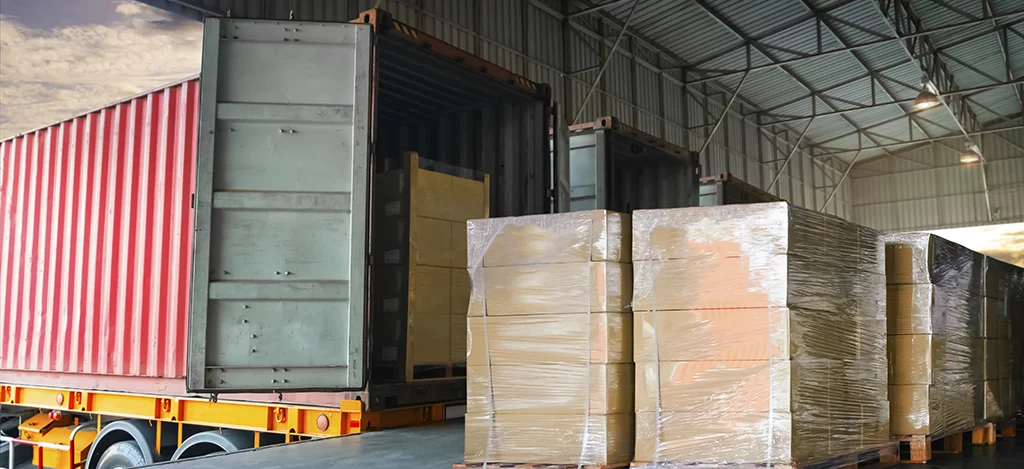What Does FTL Mean in Trucking
FTL stands for full truckload shipping and means that your cargo takes all the space in the truck/trailer. FTL shipment is required when you need to transport ten or more freight pallets. The most common vehicle type used for FTL shipments is a class 8 truck with a 53’ trailer. It could be a dry .
What Does FTL Mean in Trucking

What Does FTL Freight Mean
FTL stands for full truckload shipping and means that your cargo takes all the space in the truck/trailer. FTL shipment is required when you need to transport ten or more freight pallets. The most common vehicle type used for FTL shipments is a class 8 truck with a 53’ trailer. It could be a dry van, reefer, or open deck trailer.
What is a Full Truckload: In Which Cases You Need It
FTL does mean that you reserve a truck or trailer for your cargo, but you will not always use all the given space. It might look like a waste of money, and you could use LTL instead. However, some factors can justify the usage of FTL. You need FTL when:
- You ship more than 10 pallets
- Your cargo is delicate and can’t be handled a lot
- You have firm pickup and delivery points
- Tight delivery schedule
Based on these factors, you can also highlight several benefits of FTL:
- Saving money with big shipments. It is more cost-efficient to ship one big load with FTL rather than splitting it into multiple LTL ones.
- Low risk of damage. Due to less handling, FTL freight remains in the truck till delivered.
- Faster delivery. FTL goes from pickup to final destination, no necessary stops in between.
What is FTL Load Size
FTL doesn’t always imply that you’ll need a regular dry van. Sometimes the load requires temperature regulation or is too big to fit into a regular trailer. So, depending on the freight specs, the carrier will use different trucks. Let’s see the specs for each of them.
- Dry van: up to 26 non-stackable or 52 stackable pallets, total weight up to 44,000 lbs.
- Flatbed: length from 48 to 53 ft, height up to 8,5 ft, width up to 8,5 ft, max weight up to 48,000 lbs.
- Reefer: length up to 53 ft, height up to 9,6 ft, width up to 8,6 ft, weight up to 44,000 lbs, temperature regime from -40o to 104o F.
Are TL and FTL the Same?
These are two different transportation modes. However, they share some similarities.
- LTL and FTL mostly use road transport, though sometimes carriers can provide intermodal solutions
- Both methods share similar vehicles for delivering
- CDL is required to haul such loads
- Both modes ship palletized freight
Difference Between FTL and LTL
- Handling. FTL freight goes from point A to point B, while LTL is being handled at each stop.
- Freight class. With FTL shipping, carriers don’t usually care about freight class as it is only your freight they are transporting.
- Reweighing for clarity. FTL trucks only use weigh stations to verify that it meets legal limits of 80,000 lbs. LTL freight carriers will reinspect each parcel. If the dimensions vary from the ones listed in BoL, your cargo will get a different freight class, and the transportation costs will be updated.
- Transit route and time. FTL has a straight route from point A to point B and a stable schedule. LTL has multiple stops, and delays can occur more frequently.
Please fill out the form and one of our experts will contact you as soon as possible.
